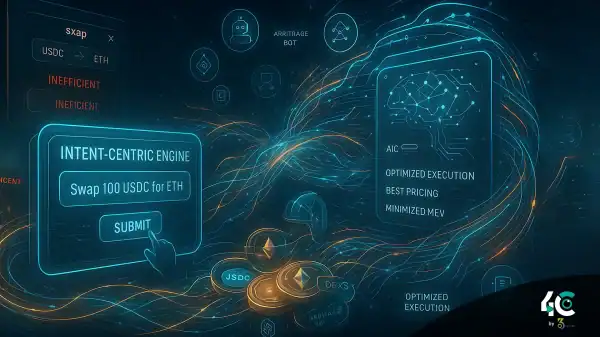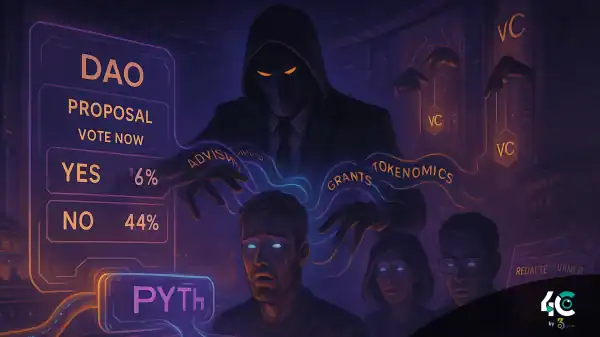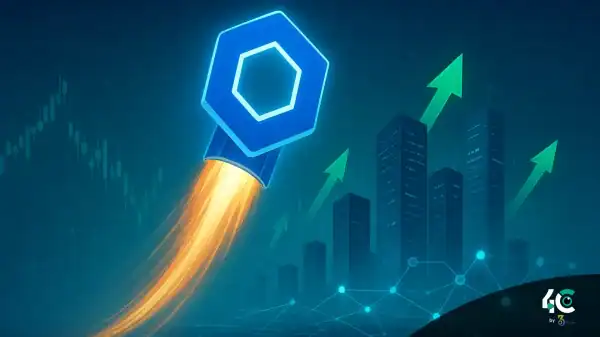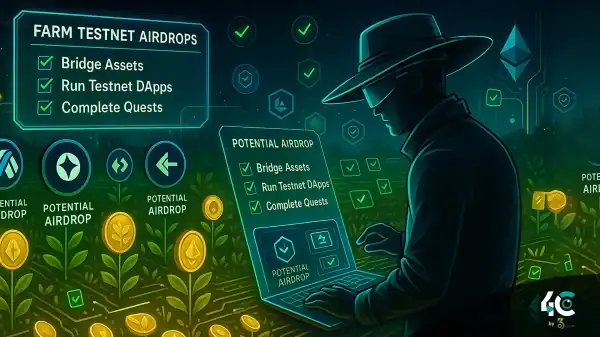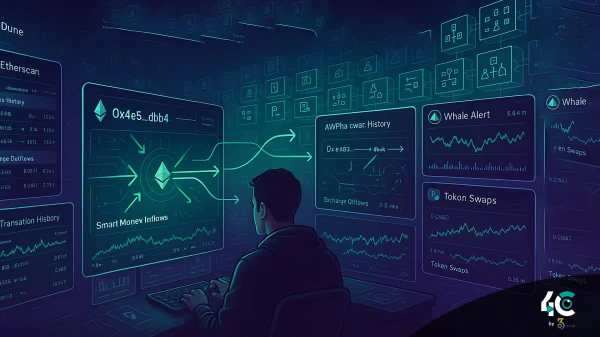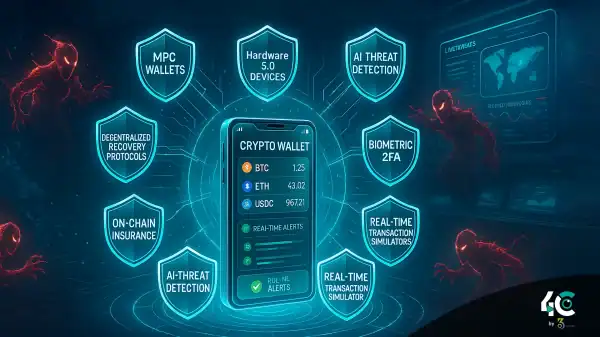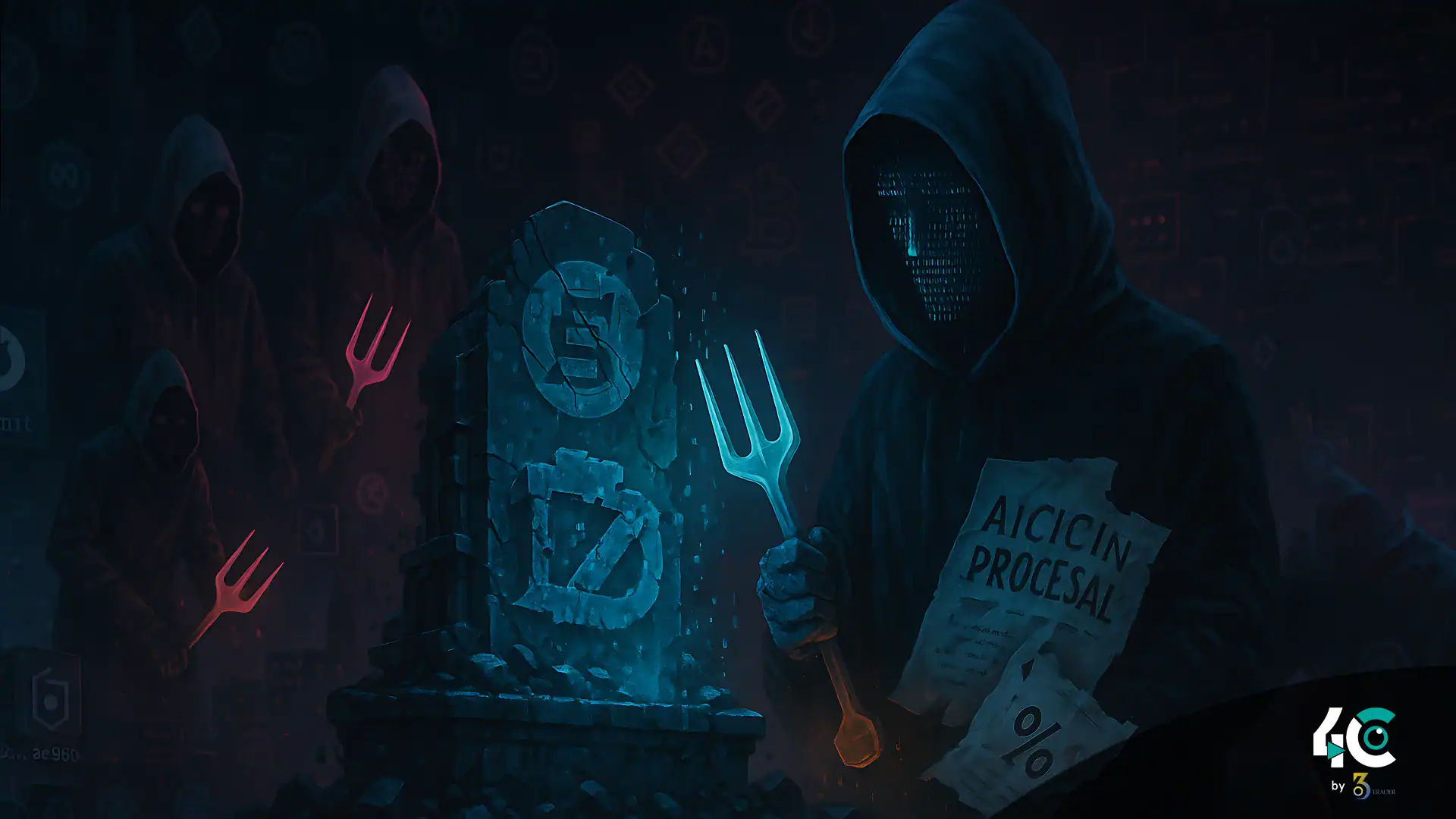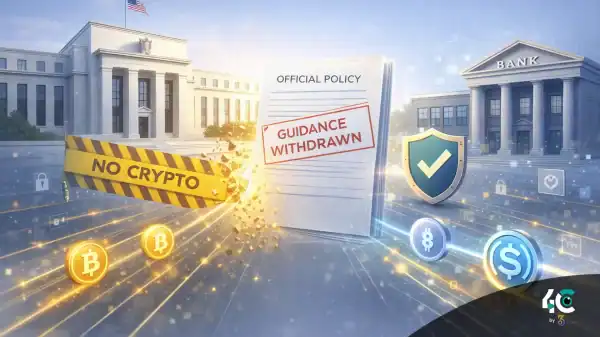In the world of crypto, innovation happens at lightning speed. Yet, not every project survives the hype cycle. As ecosystems age and tokens fade, original developers often abandon their creations—leaving behind dormant or inactive codebases.
But a new trend has emerged: anonymous developers are reviving these digital relics in secret. This phenomenon is called the shadow fork.
What Is a Shadow Fork?
A shadow fork is an unauthorized copy or revival of a dead or inactive crypto project. Typically carried out by a fresh, often anonymous team, these developers reuse the original open-source code and launch a new version—frequently under the guise of saving the project or unlocking new utility.
Unlike traditional forks such as Ethereum, which are transparent and often backed by the original community, shadow forks occur without formal announcements, audits, or support from prior stakeholders. They are typically launched in secrecy with unclear intentions.
Why It’s Happening
- Open Source Accessibility: Many early DeFi or Layer-1 blockchain projects are freely available on platforms like GitHub. This makes them easy to clone.
- Brand Recognition: Some developers target older projects that had a loyal following, leveraging nostalgia to attract attention and liquidity.
- Airdrop Farming: Shadow forkers may generate hype around potential airdrops, enticing airdrop hunters and early investors with promises of rewards.
- Malicious Intentions: Some actors embed backdoors into smart contracts to siphon funds or orchestrate pump-and-dump schemes.
Risks for Users
Revived projects may seem promising, but shadow forks often carry significant red flags:
- No Audits or Oversight: Contracts may be altered dangerously, and the new team usually operates anonymously.
- False Promises: Rebranding a dead project doesn’t guarantee future value or utility.
- Liquidity Risks: Developers can execute rug pulls, draining funds after building investor trust.
- Community Confusion: Shadow forks can split user bases and create uncertainty over which version is legitimate.
Real-World Examples
Recently, several shadow forks saw temporary price spikes, only to crash once their true intentions surfaced. Some replicated entire ecosystems with minimal updates, while others introduced new governance tokens, eventually locking user funds or vanishing altogether.
How to Stay Safe
If you’re exploring a revived project, take these precautions:
- Check GitHub and Contract History: Sudden activity after long dormancy can signal a shadow fork.
- Investigate the Team: Are the developers doxxed? Do they have ties to the original project?
- Look for Audits: If there’s no smart contract audit, it’s best to avoid the project.
- Watch for Red Flags: Beware of hype-driven marketing, meme campaigns, and vague roadmaps. Legit forks usually offer clear upgrades and value.
Conclusion:
The shadow fork trend highlights a core truth in crypto—nothing ever truly dies, but not everything reborn is worth trusting. While some forks genuinely aim to innovate, many exploit ambiguity for personal gain.
In a decentralized world founded on open-source ideals, shadow forks blur the lines between innovation and exploitation. Before getting involved, always do your own research—don’t chase shadows.









